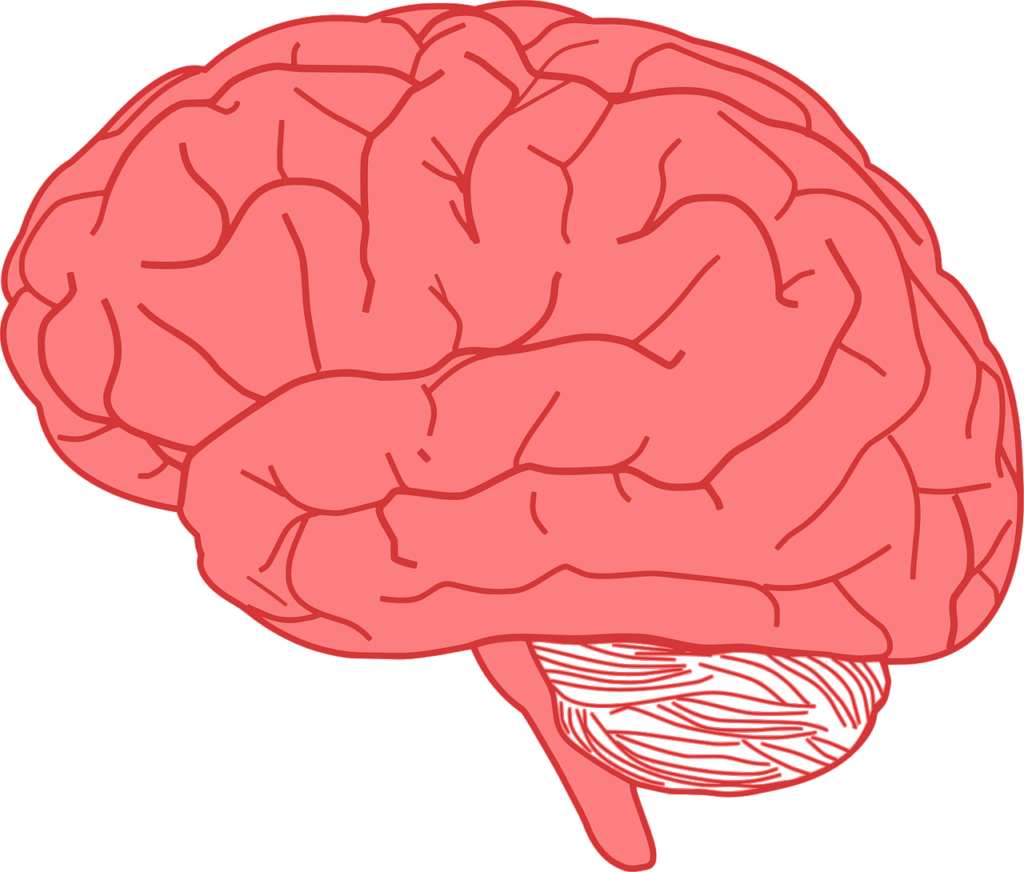News
Researchers claim to have found new cause of TBI and Alzheimer’s disease

A team of researchers at Rutgers University says it has found a potential new mechanism that could drive the development of Alzheimer’s disease and traumatic brain injury which may upend how we understand both conditions.
The most popular understanding of Alzheimer’s disease indicates that the condition is brought about by an accumulation of a corrupted form of a protein called amyloid-beta which develop into plaques in the brain. Similar mechanisms are also believed to contribute to traumatic brain injury and the related condition chronic traumatic encephalopathy (CTE).
However, the team led by Federico Sesti, professor of neuroscience and cell biology at Rutgers Robert Wood Johnson Medical School, says they have found evidence that Alzheimer’s and TBI may be driven by a different mechanism involving a non-amyloid-beta protein – a potassium channel known as KCNB1.
According to the report published in the journal Cell Death & Disease, brains affected by Alzheimer’s appear to release accumulate KCB1 which can turn into toxic “free radicals” which damage neurons and may, in fact, trigger the release of amyloid-beta proteins.
“Indeed, scientists have known for a long time that during aging or in neurodegenerative disease cells produce free radicals,” said Sesti. “Free radicals are toxic molecules that can cause a reaction that results in lost electrons in important cellular components, including the channels.”
In the animal-based study, the researchers found that brains affected by Alzheimer’s showed significantly higher amounts of KCNB1 compared to those with healthy brains.
“The discovery of KCNB1’s oxidation/build-up was found through observation of both mouse and human brains, which is significant as most scientific studies do not usually go beyond observing animals,” said Sesti. “Further, KCBB1 channels may not only contribute to Alzheimer’s but also to other conditions of stress as it was found in a recent study that they are formed following brain trauma.”
Additionally, the researchers observed that in those affected by Alzheimer’s or traumatic brain injury, the heightened accumulation of KCNB1 correlated with severe impairment of mental function.
Not content with just identifying the mechanism, the researchers also tested a drug called Sprycel in mice and found it could reduce the build-up of KNCB1. Currently, Sprycel is used for treating individuals with leukemia.
“Our study shows that this drug and similar ones could potentially be used to treat Alzheimer’s, a discovery that leads the way to launching a clinical trial to test this drug in humans.”



